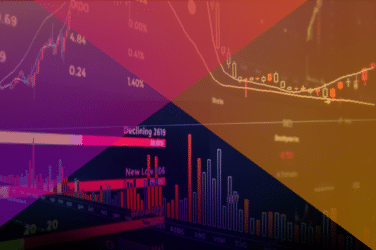As Wikipedia explains, ‘overchoice’, or choice overload, is a cognitive process in which people have a tough time making a decision when faced with so many options.
Electronic corporate-bond traders know the feeling. They are drowning in execution options — 14 new electronic platforms reportedly joined the field of a few dozen since November, and a few more are meant to enter the fray in the coming months, according to John Greenan, CEO of consultancy Alignment Systems and author of the Global Electronic Trading blog. Each platform comes with a new trading protocol that likely is a variation on existing quote- and order-driven trading models.
Although each platform provider believes theirs is the better mousetrap, they have only exacerbated the problem, as new trading channels do not create existing liquidity, they only fragment existing liquidity further.
Even worse, more execution venues mean more phantom liquidity as participants enter the same liquidity across multiple venues and distorting what little transparency the corporate bond market has.
The only immediate beneficiaries of this further fragmentation will be the leading electronic trading platforms since liquidity always begets liquidity.
One positive sign is this week’s news that Electronifie is in talks to be acquired by TruMid. A merger of two of the more prominent upstart platforms would be a signal to the rest of the players that consolidation is the way of the future.
Aside from an M&A wave which may or may not occur, if the industry wants to improve liquidity, it should look to implement the remaining market-reform suggestions put forward by Blackrock in 2014.
Over the past three years, the industry has adopted the half of Blackrock’s suggestions by introducing multiple all-to-all trading venues as well as platforms that use non-RFQ and non-CLOB trading methodologies.
What remains are adapting the behavior of market participants to the new corporate-bond landscape and establish standard features for newly issued corporate bonds. Each of which likely will be achieved only through a generational turnover of market participants.
As older bond traders retire, their firms will replace them with younger traders who are more comfortable with electronic trading. And given the rapid adoption of machine-learning and AI-based trading tools, this trend will gain further momentum.
The requiring companies to adopt specific standards when issuing new bonds will take a much longer time to roll out and for the market to see a measurable return.
It will require a heavy lift from US regulators, which probably will not happen in the next four years as the new business-friendly presidential administration will keep market regulators on a short leash.
Even if regulators were able to establish the new standards for new issues, it only addresses the problem moving forward. It would do nothing for the 30 years worth of outstanding corporate bonds that institutional investors already have in their portfolios.
Unfortunately, for those seeking to change the structure of the corporate bond market, the future looks an awfully lot like the present.






